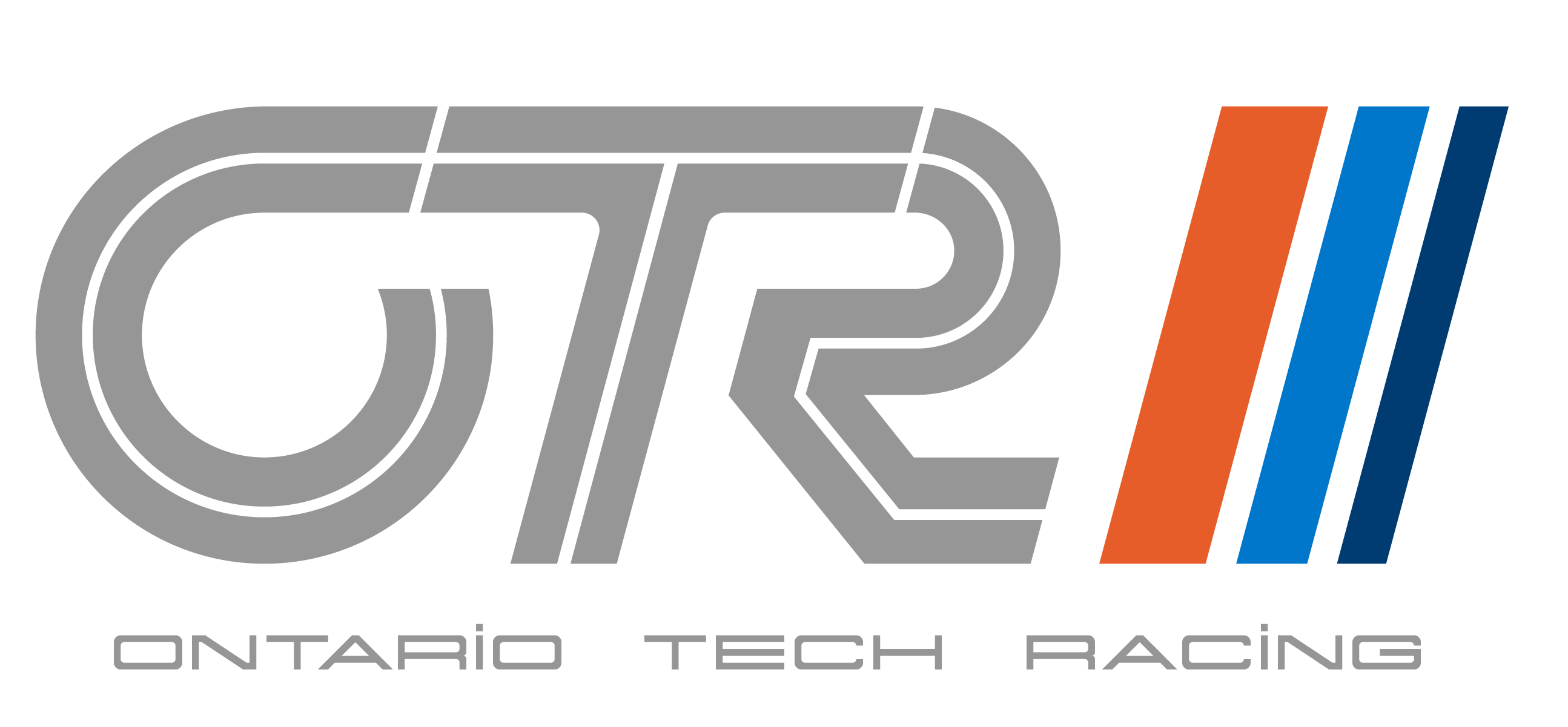Stateflow
Table of Contents
1 Overview
These docs were written based on internal learnings and online documentation.
See MathWorks Stateflow documentation: Stateflow.
2 Introduction to Stateflow
Stateflow is a graphical tool within MATLAB and Simulink for designing and implementing finite state machines and control logic. It specializes in modeling reactive systems, where the system's response to events depends on its current state. Stateflow includes a state chart editor that aids in the construction of state machines and flow diagrams.
State Machines: Stateflow facilitates the design of state machines that visually represent the system's states and transitions. States may denote modes of operation, while transitions indicate how the system transitions between these states based on events or conditions.
Hierarchical State Machines: Stateflow supports hierarchical state machines, enabling the inclusion of nested states. This functionality allows for the creation of complex behaviors in a structured manner.
Parallel States: The tool also supports modeling concurrent states, representing multiple operations or tasks occurring simultaneously within the system.
Event Handling: Stateflow is capable of managing events that trigger transitions between states. These events may be time-based, signal-based, or custom-defined.
Integration with Simulink: Stateflow integrates smoothly with Simulink, facilitating the integration of state machines into Simulink models and aiding in the simulation of control logic alongside dynamic systems.
3 Basic Components
States: Depicted as rectangles, states represent various conditions or modes of the system.
Transitions: Illustrated by arrows connecting states, transitions depict how the system moves from one state to another based on defined conditions.
Events: Events are triggers that initiate state transitions, which can be due to external inputs or generated internally within the Stateflow chart.
Conditions: These are logical expressions that need to be true for a transition to take place.
4 Calling Simulink Functions
4.1 Single Execution Triggers
To design a trigger in a Stateflow chart that operates only once, typically during initialization or under a unique condition, the following strategies can be used:
4.2 Using Initialization Events
Stateflow charts can perform specific actions at startup as part of the model initialization, useful for setting initial conditions or conducting tasks only necessary at the simulation's start.
Entry Actions in the Initial State: Introduce an initial state with an entry action to call the Simulink function. This action executes solely when the Stateflow chart first enters this state at the simulation's commencement.
entry: output = functionName(inputs);
4.3 Using a Conditional Transition
If a function must execute based on a specific condition but only once, a transition with a condition to alter the state can prevent repeated execution.
Set Up a Boolean Flag: Include a local data variable in Stateflow, e.g., hasFunctionRun, initialized to false.
Conditional Transition: Form a transition from the initial state to another with the condition hasFunctionRun == false && <other_condition>. In the transition action, call the Simulink function and set hasFunctionRun = true.
[hasFunctionRun == false && <other_condition>] {output = functionName(inputs); hasFunctionRun = true;}
This configuration guarantees the function is called only once because the boolean flag, once set to true, prevents the condition for the transition from being met again.
4.4 Using Event-Based Triggers
For scenarios where an external or internal event should trigger the function execution but only once, the boolean flag strategy can be applied.
Event Trigger with a Guard: Suppose an event, E, should activate the function. A transition can be established on this event with a guard condition utilizing the boolean flag.
[E && hasFunctionRun == false] {output = functionName(inputs); hasFunctionRun = true;}
